
THANK YOU DONORS!
Hornucopia was successfully funded and implemented.
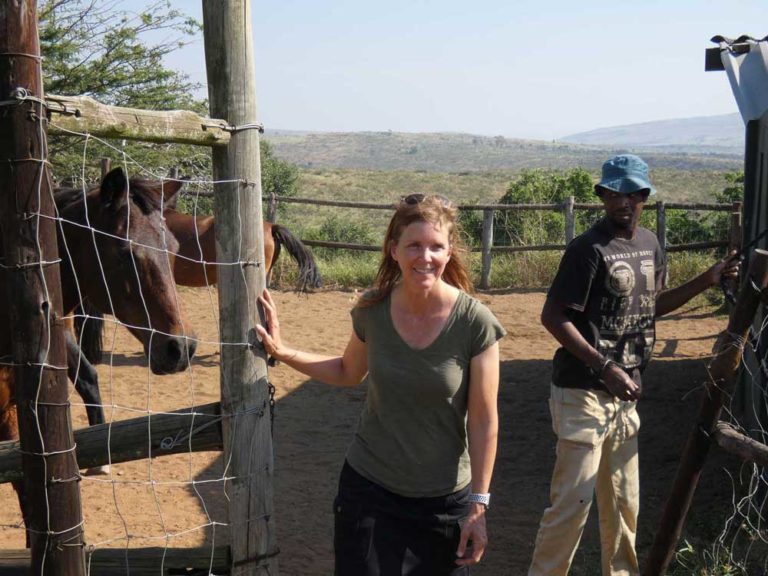

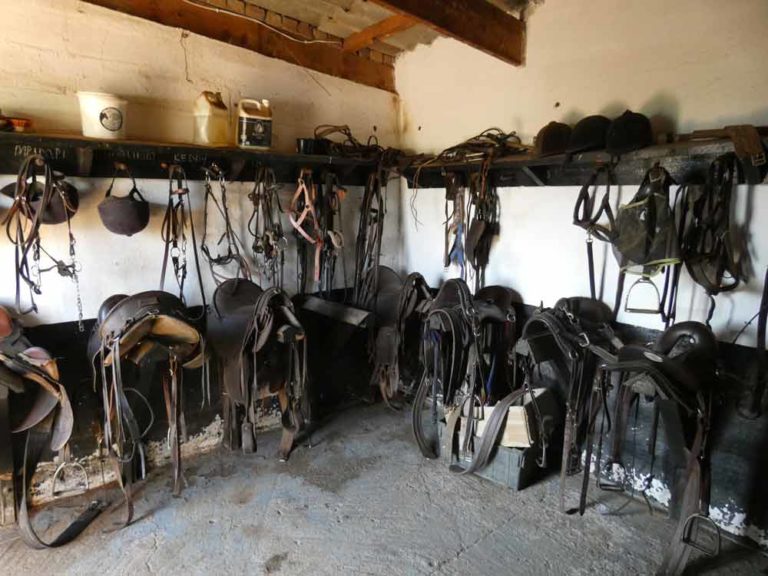
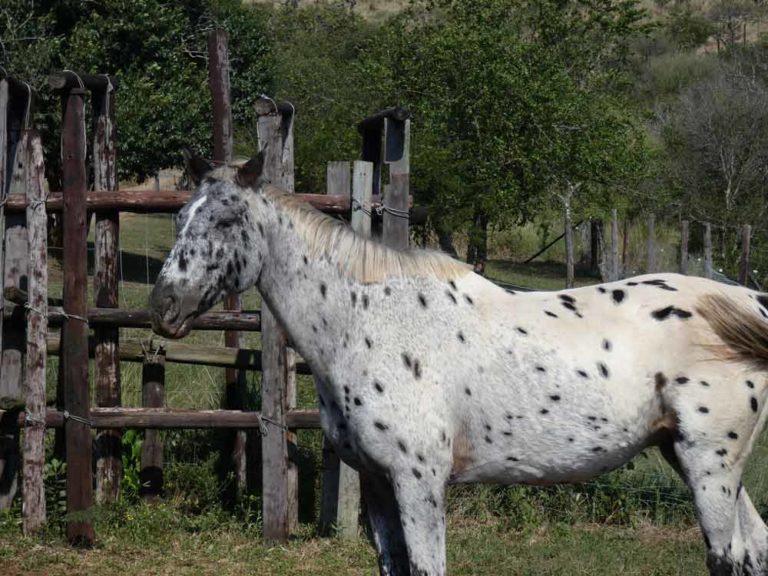
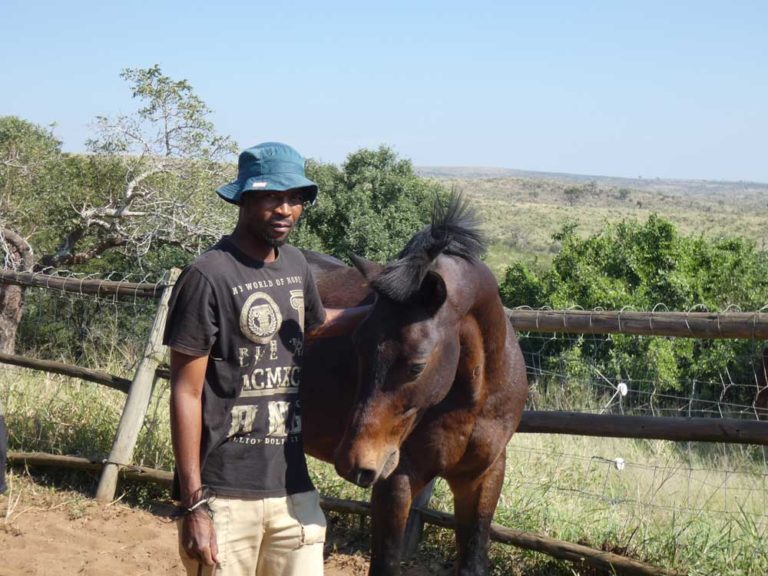
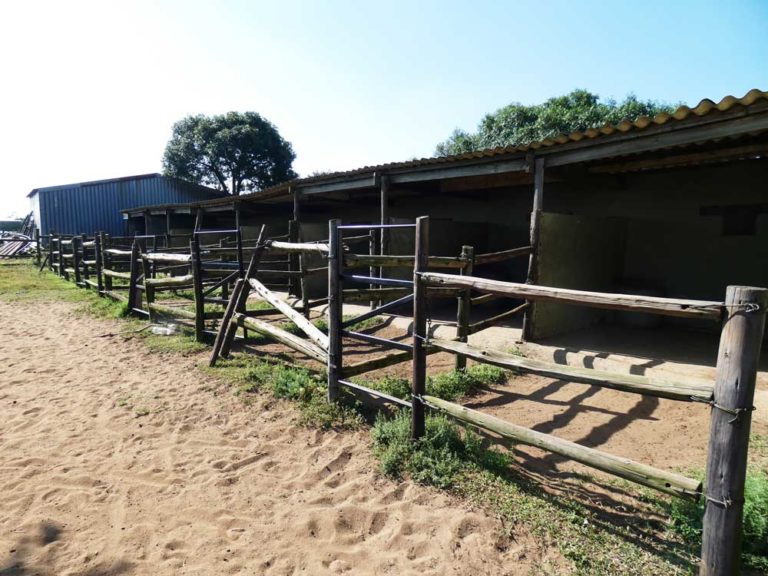
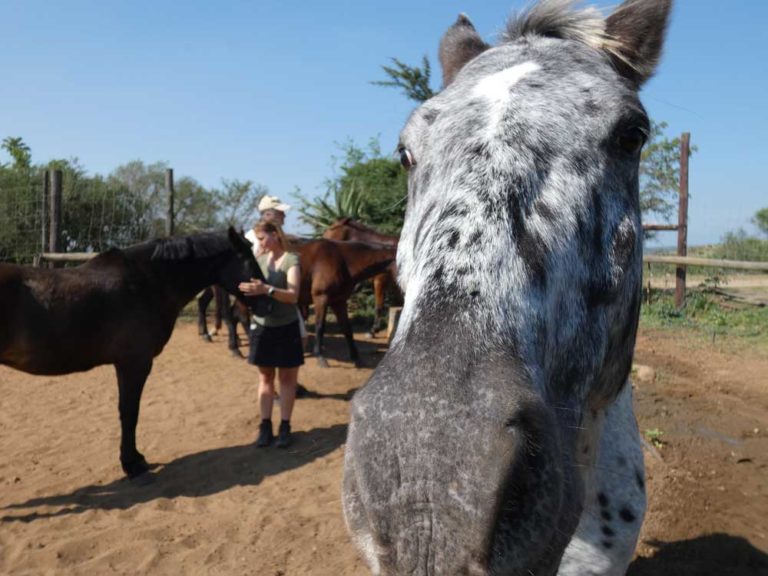
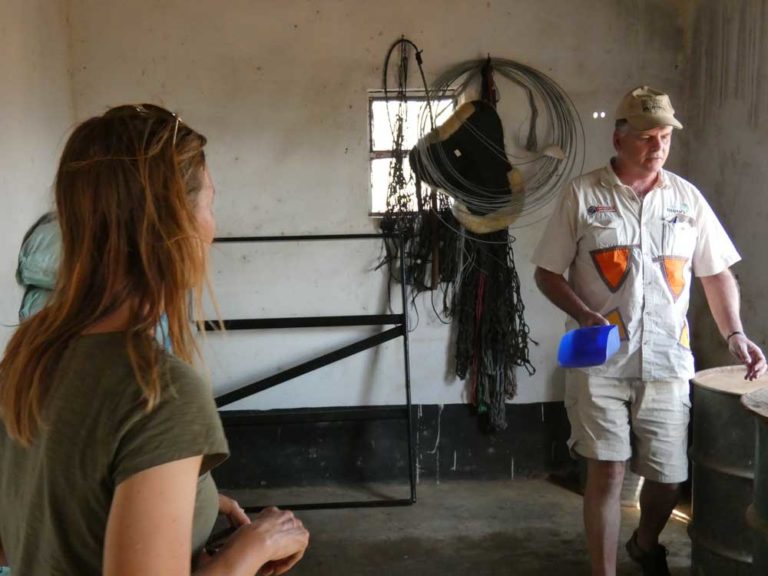
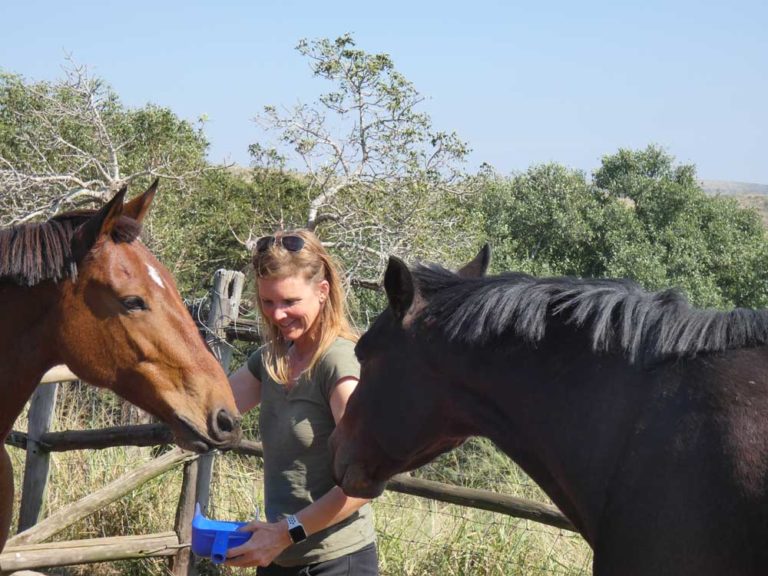
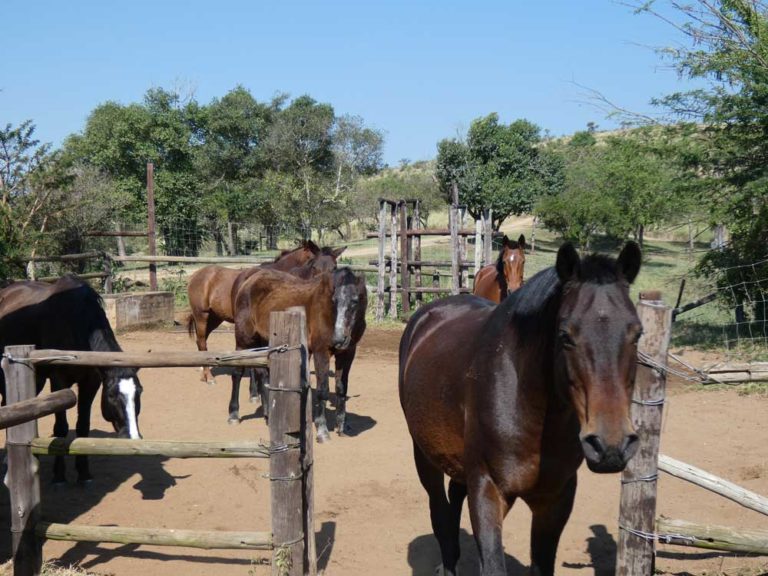

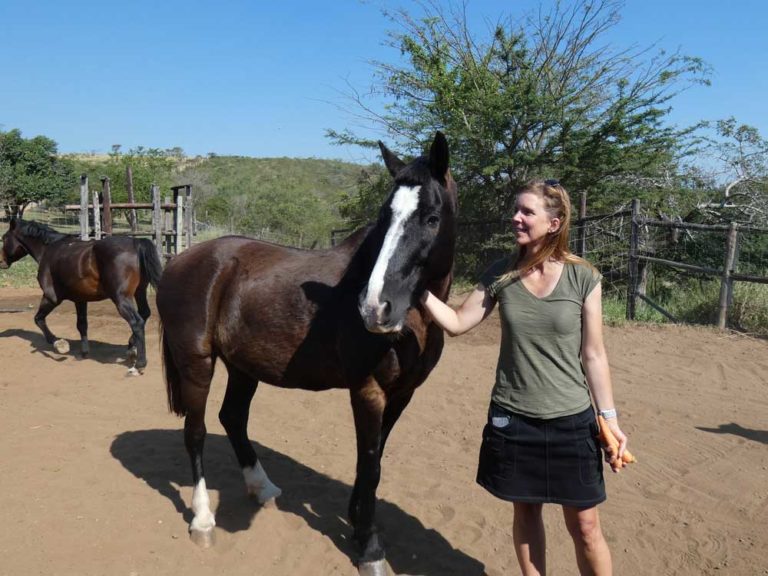
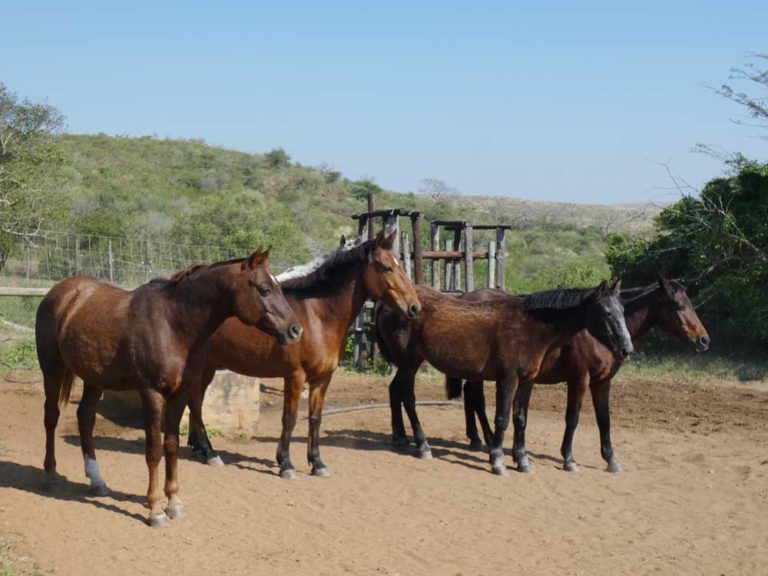
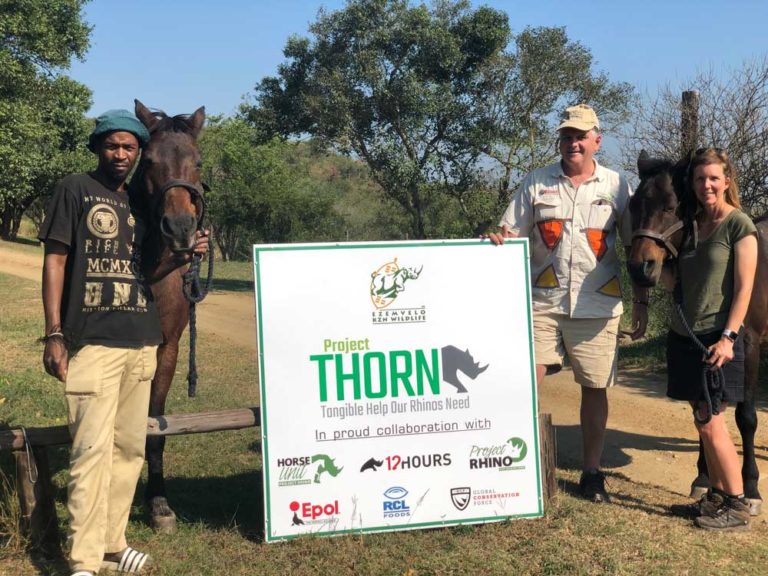
Please consider helping with our next campaign ConservationK9
Our Horse Campaign was prominently featured in the South African Country Life Magazine about horses being used for conservation and anti-poaching projects. Read the Article >>
Conservationist Grant Fowlds also dedicates multiple chapters in his book Saving The Last Rhinos to our project at iMfolozi and the critical role horses play for APU rangers. Grant is a devoted conservationist and he tells a good yarn about his life lived in the bush. Pick up a copy of Grant’s book >>
This information will remain here as an archive of ProjectThorn’s Hornucopia campaign for those who wish to review the campaign.
Our goal to fund an anti-poaching mounted horse patrol in iMfolozi Wildlife Park in KwaZulu-Natal was a huge success. Many Thanks.
In South Africa, a daily life and death battle is being fought between wildlife rangers and animal poachers. Rangers are committed to the protection and conservation of the rhino population, while the poaching syndicates are invested in the species extinction. The exponential growth of poaching is astonishing.
Help provide horse patrols to prevent rhino poaching.
In South Africa, a daily life and death battle is being fought between wildlife rangers and animal poachers. Rangers are committed to the protection and conservation of the rhino population – while the poaching syndicates are invested in the species extinction.
The recent rapid growth in rhino being poached for their horn is alarming. Our focus at ProjectThorn is to provide on-the-ground, tangible solutions to prevent poaching – we know horse patrols can make a difference – now.
What is Hornucopia – Hooves For Horns?
Hornucopia is a project to fund anti-poaching horse patrols in South Africa’s iMfolozi Wildlife Reserve. This is the latest initiative from ProjectTHORN – Tangible Help Our Rhinos Need – a team of folks committed to increasing awareness of the plight of the rhino (that are being killed for their horns), and raising funds to provide tangible anti-poaching solutions that can make an impact – now.
Why rhinos? Why now?
We have great urgency to act as quickly as possible. Rhino are important to protect and the species is at a critical tipping point.
Rhino are keystone herbivores. The grazing habits of the white rhino allow biodiversity to flourish in the entire savanna ecosystem.
They have roamed the planet for 40 million years. If poaching rates continue on the current trajectory they are at risk of becoming extinct in the wild in the next decade. Humans are their only natural predator. We can prevent their demise.
Recent exponential growth in rhino poaching is alarming! The mass slaughter of rhinos has increased for the 9th year in a row all for profits/greed and the fictitious belief in the healing powers of their horns (the horns are keratin – the same as your finger nails and hair).
How do horses help rhinos?
While there are various methods to combat poaching, horse patrols are one of THE most effective, efficient and safest methods for rangers to move through the vast expanses of the bush in Africa’s wildlife reserves.
Much of Africa’s rugged, hilly terrain can only be patrolled on horseback or on foot. A horse-mounted patrol can inspect distances 5 times greater than when on foot, and allows for multi-day patrols.On horses, rangers are less likely to be detected by animals & poachers – horses mask the scent of humans and camouflage footprints while giving the ranger a better vantage point.Horses provide rapid response — when time is critical after a de-horning incident – both for survival of the rhino and capture of the poachers.
At iMfolozi, the park is over 160,000 hectares, vast areas are inaccessible by vehicle. 40% of the poaching incidents occurred in the areas the horses will be patrolling. The rangers at iMfolozi wildlife reserve know the value of their horses, as they have relied upon them daily until recent budget cuts.
The horses will also be used to inspect the fence line for breaches, and to conduct research and ecological monitoring.
Why are we focused on South Africa’s iMfolozi wildlife reserve?
South Africa holds 83% of the world’s rhino population and is the epicenter of the rhino poaching crisis. iMfolozi is the oldest wildlife reserve in all of Africa and was formed to bring the rhino back from the brink of extinction in the early 20th century. Since then the park has been charged with insuring the genetic diversity of the rhino population.
Through our prior work with RhinoArt and 12Hours we identified a specific tangible need that together we could help fill.
Goals, needs, and what Your Money will buy
Base Goal – $15K
How do I know this project, and my money, will have an impact?
Horse patrols are proven as one of the most effective, efficient and safest means to combat rhino poaching at iMfolozi wildlife preserve.
This is a tangible, on-the-ground, front-line project.
We’ve been to iMfolozi. We are working directly with the ranger who oversees the horse patrols to design the program.
To ensure funds are used as intended, we have arranged for a direct donation of horses & supplies. Funds will not be donated directly to the wildlife reserve, where they would be pooled in a general national park fund and allocated at will by the central government.
The infrastructure and funding approach is in place. We have an established relationship with 12 Hours, a non-profit organization with a track record in coordinating rhino conservation efforts. They will arrange for purchase of all the horses and supplies.
How did the Hornucopia project originate?
Hornucopia was born out of an eye-opening meeting Karrie and Charles had with an anti-poaching Ranger at iMfolozi after participating in a RhinoArt program at a local school in Mtubatuba. Together they identified a tangible need that could be filled and have been working with the park, 12Hours and the ProjectThorn team since.
What is driving the alarming poaching trends?
The illegal poaching trade is booming. The primary market for rhino horn is SouthEast Asia, where a recently promoted, completely erroneous perception that rhino horn has medicinal value, drives demand. (The rhino horn is made of keratin and has no medicinal value.)
Rhino horn is one of the world’s most expensive commodities – $65,000/kilo – and is worth more than gold, diamonds and cocaine.
The scarcity being driven by poaching is also creating a market for speculative investment in extinction.
The illegal trafficking of endangered species is the 4th most lucrative global crime after drugs, human trafficking and weapons.
It is well documented that illegal wildlife poaching and trade funds terrorism.
Why are the Horses important?
Patrols Prevent Poaching
Horses are the most effective and safe means of patrolling remote areas of the park.
Horses would be used for 3 major tasks:
Law Enforcement Patrols
• Horse Patrols add another dimension to law enforcement at iMfolozi.
• Horses can be used for day patrols, extended patrols and clandestine patrols.
• The greater coverage will improve ground surveillance within the wilderness area.
• In a single day, half of the Makhamisa Border can be checked for incursion points.
• Horses will be used on extended patrols into the wilderness to known poaching hotspots.
• Horses camouflage human signs, allowing rangers to move undetected.
• Horse mounted rangers will not desensitize rhino to humans with guns who could be poachers.
• Used in conjunction with tracking dogs, horses allow for rapid response to poaching sites.
Fenceline Monitoring
• Patrol the perimeter fence to detect breaches and inspect for maintenance.
Ecological Monitoring
• The greater coverage will improve ecological monitoring and data collection.
• Horses mask the scent and shape of humans allowing closer observation of the animals.
(This will greatly improve the monitoring of the illusive and critically endangered Black Rhino.)

Motivation for Hornucopia : Horn of Plenty
Aside from the obvious desire to curb Rhino poaching with the use of horses we also believe there are larger societal benefits to be accomplished through outreach and education.
Being in nature is no longer second nature. We no longer exist in and experience the natural world in a way that shows our direct dependency on it’s health and well being. This physical disconnection has a profound effect on how we value the other flora and fauna inhabitants of our planet. Fragile ecosystems and vulnerable species are often in direct conflict with short-term economic opportunities.
In South Africa, a daily life and death battle is being fought between wildlife rangers and animal poachers. Rangers are committed to the protection and conservation of the rhino population, while the poaching syndicates are invested in the species extinction. The exponential growth of poaching is astonishing. In 2007, 13 rhinos were lost to poachers. Due to market demand for rhino horn in Vietnam, China and Yemen the number of annual deaths grew to 1215 in just 7 years time. The population of rhino in all of Africa now numbers less than 20,000. With 83% of Africa’s rhino population living in South Africa, South Africa is the epicenter of this complex conflict.
As there is no legal trade in Rhino horn, all trade is done on the black market through illicit means. With high demand and limited supply the value of rhino horn is higher than that of gold and platinum, and heroin and cocaine. The profit potential of rhino horn has replaced the small local poaching rings with sophisticated international cartels. If a rhino is poached in iMfolozi, the horn will be in Mozambique in less than 2 hours and on the market in Southeast Asia in 24 hours.
By helping to protect one species, you help them all.
With the help of Dr. William Fowlds, Thandi survived a poaching incident. She was accepted back into a crash and calved the little one in the video. Thandi’s footage was shot by Paul Mills.
Please consider helping with our next campaign ConservationK9